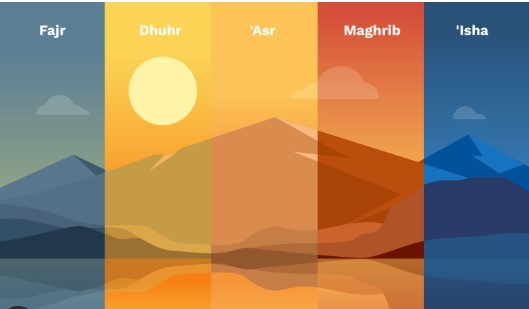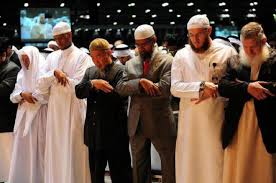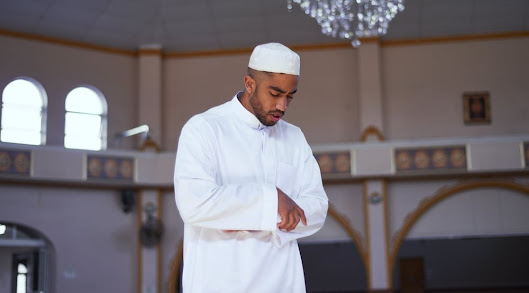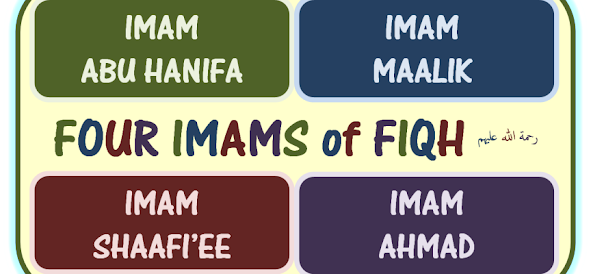Regarding What the Prophet (SWAS) Used to Recite in His Prayers (As Salaat) - Part 2

The Prophet ( SWAS ) tended to recite certain chapters of the Quran ( surahs ) in particular Islamic prayers ( salawaat ). In the obligatory dawn ( fajr ) prayers, he ( SWAS ) sometimes used to recite the longer chapters of the Quran ( surahs ) from the last seventh of the Quran (the mufassal surahs) in the two unit of prayers ( rakaats ), and sometimes shorter ones. Once in a journey he ( SWAS ) recited the last two chapters ( surahs ) of the Quran in the dawn prayer and advised his Companions ( RA ) to recite these surahs ( chapters ) of protection (the muwawadhatayn ) as they are the best means to seek protection. Among the other chapters ( surahs ) he used to recite in the dawn ( fajr ) prayer were Surah Al Rum , Surah Al Yaseen , Surah Al Muminoon , and Surah Al Saffat . In the dawn ( fajr ) prayers on Fridays, he ( SWAS ) would recite Surah As Sajdah in the first unit ( rakaat ) and Surah Al Dahr ( Al Insaan ) in the second unit ( rakaat ). He ( SWAS ) used to make the first u





